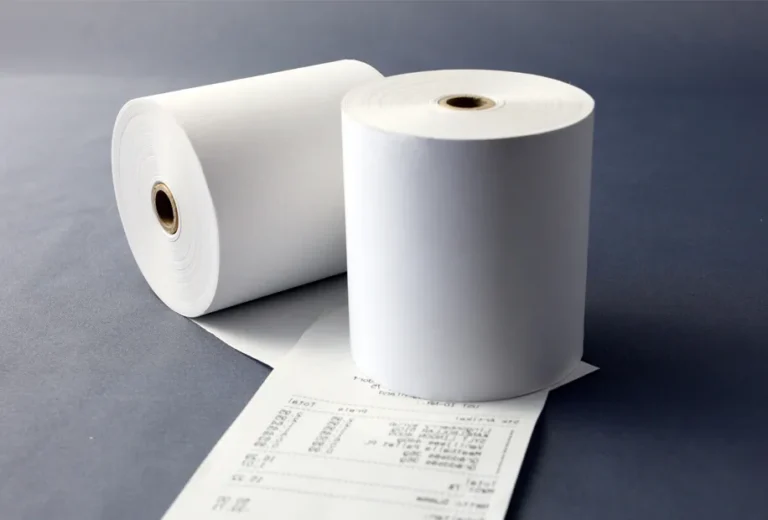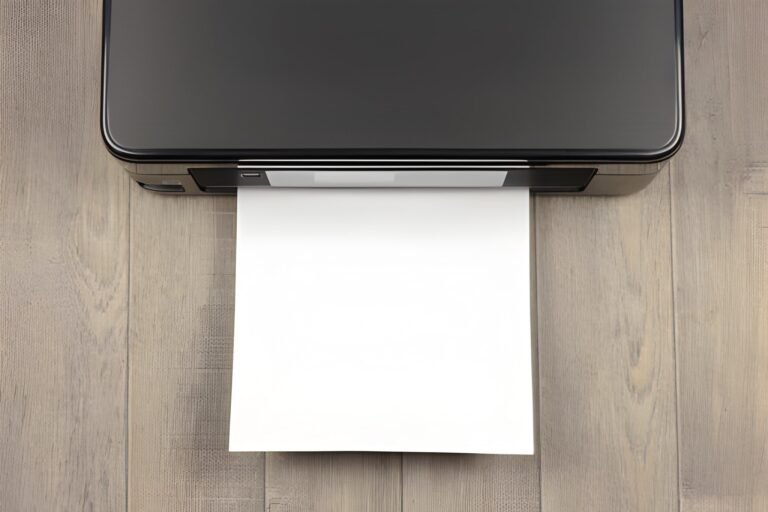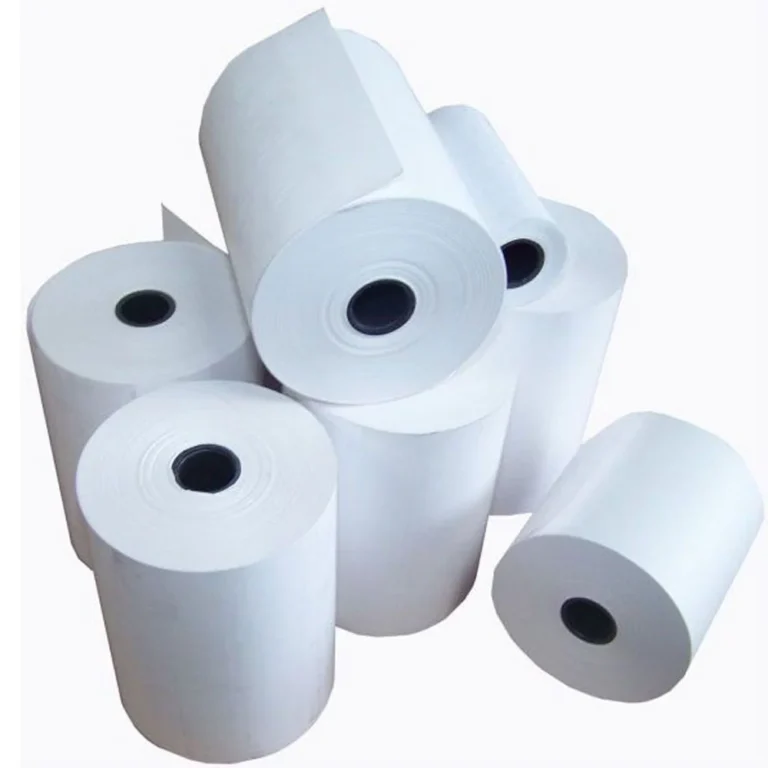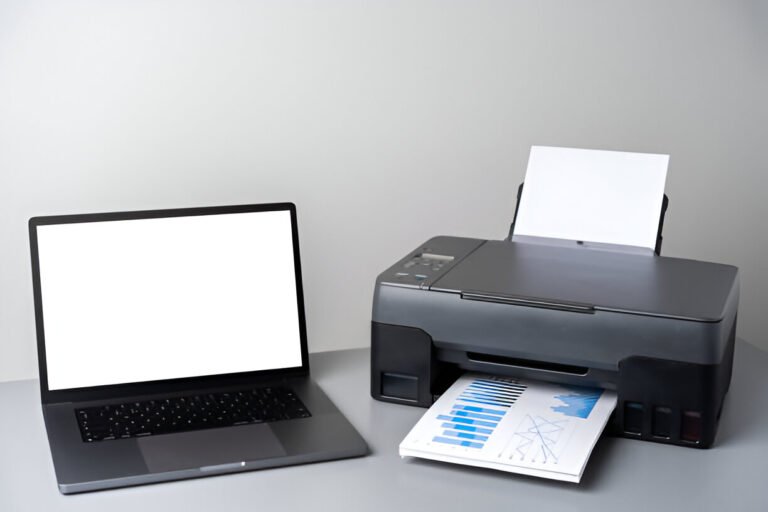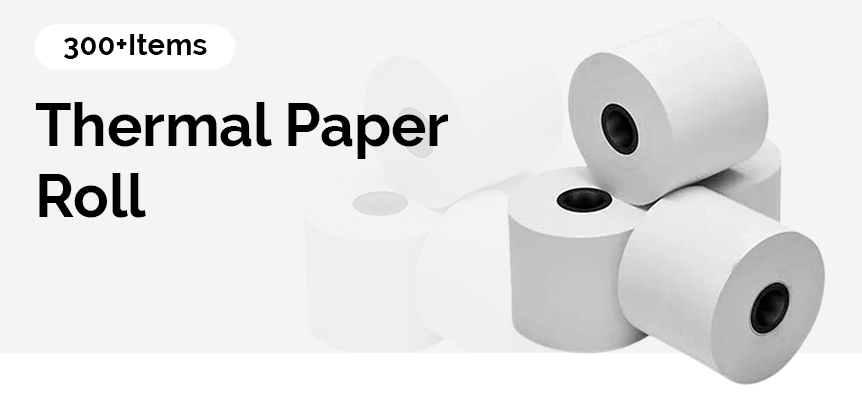Introduction
Thermal paper rolls have been a standard in receipt printing for over a decade and have played a key role in critical business operations across retail, restaurant, banking, and other industries. Thermal printers are widely used because they are fast, have low consumable costs, and are low maintenance. But as with all technologies, it is evolving. Fueled by digital innovation, environmental interest, and shifting consumer preferences, the future of thermal paper rolls is more intelligent, greener, and more advanced than at any point in history.
Why Are They Called Thermal Paper Rolls
Thermal paper is a type of paper in which a layer of a heat-sensitive compound is applied to the paper before passing it under a heat source. Wireless- Unlike cabled printers, the ek3022W does not require ink or toner. Instead, images or text are generated using heat when the coated paper contacts a heated print head. This allows for quick, clean, and high-volume punching. Thermal paper is the lifeblood of many industries ‘ daily activities, commonly used in point-of-sale (POS) systems, ATMs, parking machines , and kiosks.
Alternatives toward Eco-Chic Transition
The most significant change in the world of thermal paper is the trend towards environmentally friendly products. Conventional thermal paper has always contained BPA (Bisphenol A), and has been known to have potential health risks and environmental damage in some of its previous findings. Several countries and companies are moving away from BPA paper due to health concerns for employees and customers who regularly come into contact with receipts . To combat this, some manufacturers have created BPA- and phenol-free paper, which is safer for both people and our environment.
The Emergence of Digital and Hybrid Receipts
With the surge of technology use and the preference shift in customers for digital convenience. What used to be printed receipts are now commonly digital—many shops and services now email or text receipts. This reduces paper usage and helps customers manage and record their purchase history. But even with this, printed receipts are relevant. They keep the physical record for returns, warranties , or taxes. Therefore, hybrid systems are becoming on-trend. These enable printed vs digital receipts to be used. This flexibility is good for business and consumers and promotes a tailored shopping experience, yet still encourages sustainability with minimal packaging.
Progress in Thermal Printing Technologies
Thermal printing technologies themselves are advancing. New technologies are now being developed in thermal printing that help to improve productivity and minimize service requirements. Auto-cutting systems are making for nice, clean gnawed edges in receipts, and there are sensors so that employees can know when to reload paper and don’t have to do so over and over in the middle of a rush. Wireless and cloud-enabled printers are also becoming popular. These permit effortless POS systems integration, mobile device connectivity, and cloud-based reporting systems.
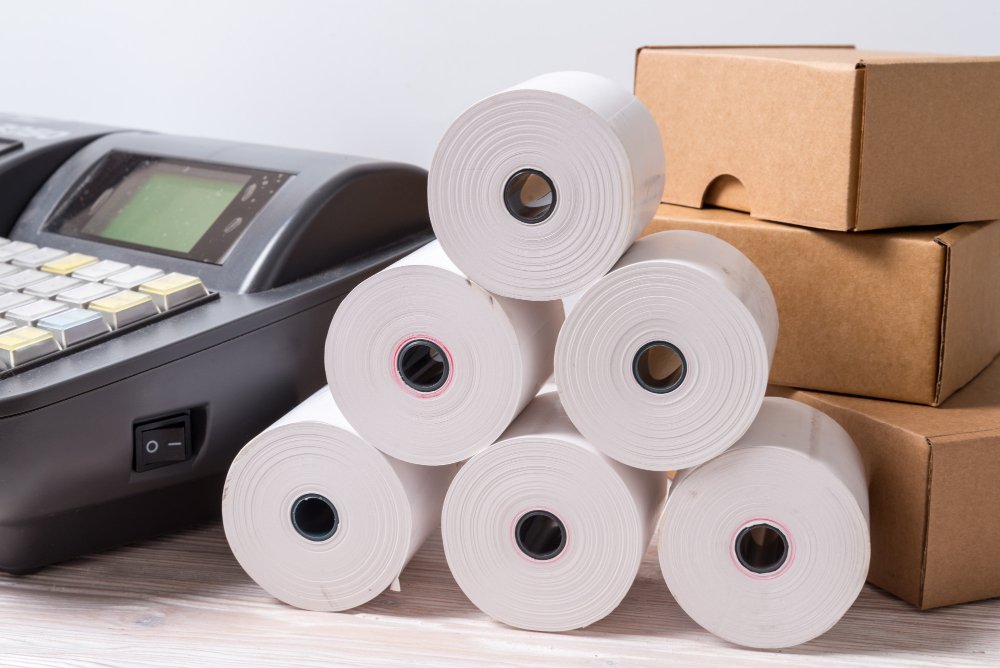
Receipts, Customizability, And Branding
No longer is a receipt a mere transactional slip — it’s an extension of a brand—custom receipts, it seems, are gaining popularity among businesses as a tool for marketing. A good-looking receipt can include the company logo, contact details, and promotional messages, and may be equipped with QR codes to connect to promos and surveys. Other firms are also experimenting with colored thermal paper to match brand identity or to distinguish receipts for different types of services. Such levels of customization serve to make receipts not only attractive to the eye, but also practical tools to reinforce brand and customer loyalty.
Emphasis on Data Security and Smart Features
Given that receipts frequently include sensitive information, (transaction amounts, store information, sometimes partial card numbers) data security is an increasingly important issue. Secure elements are now being integrated into more sophisticated thermal printers. These range from embedding invisible watermarks, encrypting QR codes, to avoiding unauthorized copying.
The Balance between Quality and Cost Efficiency
Thermal Paper Rolls Future is all about innovation with purpose—enhancing performance while reducing operational costs. Today’s advanced thermal paper rolls are engineered to deliver both quality and efficiency. Longer roll lengths reduce the need for frequent replacements, saving time and labor. Enhanced coatings improve heat sensitivity, meaning printers use less energy. Plus, fewer jams and clearer prints lead to less waste and fewer reprints. These improvements show how the future of thermal paper rolls supports cost-effective, professional customer service.
Conclusion
The thermal paper roll landscape is changing. In a world of innovative, sustainable, and safer options for printing receipts, businesses are beginning to find inspiration in shops that offer better alternatives. Thermal printing is advancing from recyclable paper and secure printing to mobiles and digital integrations .
For more updates and details visit our Facebook Profile!
FAQs
- Is it safe to handle thermal paper rolls?
Most thermal paper rolls are BPA-free and safe to handle. Make sure to look for BPA-free or phenol-free labels when you purchase, especially if your staff or customers handle receipts frequently.
- Is thermal paper recyclable?
Certain kinds of thermal paper may be recycled, specifically BPA-free types. But do check with your local recycling guidelines. Environmentally friendly thermal paper is also becoming more common.
- Why do thermal paper receipts fade?
Yes, thermal receipts can fade, especially if they are subjected to heat, light or moisture. Keep them reading-ready by storing in a cool, dark location free from plastic or sunlight.
- What is the difference between thermal paper & regular paper?
Thermal paper has a sensitive layer that changes color when exposed to heat, so it doesn’t require ink or toner. Standard paper doesn’t require ribbons, ink , or cartridges for printing.

